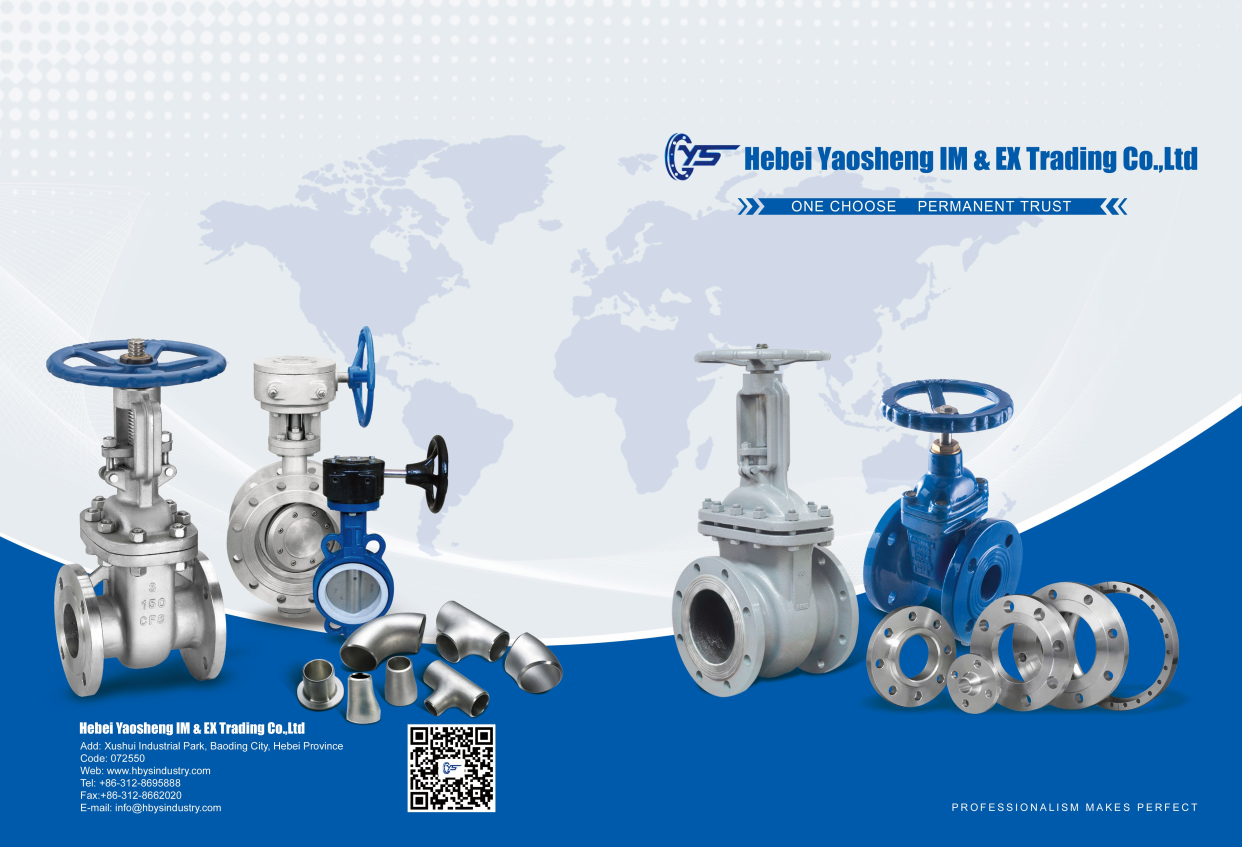Various Plumbing Joint Types and Their Uses for Effective Water Systems
Understanding Different Types of Plumbing Joints
Plumbing is a crucial aspect of any building, ensuring that water flows where it needs to go while waste is safely channeled away. A significant component of plumbing systems is the various types of joints used to connect pipes. These joints not only ensure the integrity of the plumbing system but also affect its efficiency over time. Understanding the different types of plumbing joints is essential for both homeowners and professionals in the field, as each type has its unique applications, benefits, and drawbacks.
1. Compression Joints
Compression joints are one of the most common types of joints used in plumbing. They work by compressing a ring against the pipe when the nut is tightened, creating a watertight seal. This method is particularly popular for connecting copper, aluminum, and plastic pipes. Compression fittings are easy to install and do not require any special tools, making them ideal for DIY projects. However, they may not be suitable for high-pressure applications or where excessive movement is expected, as the connection may loosen over time.
2. Soldered Joints
Soldered joints are primarily used with copper pipes and involve melting a filler metal (solder) to create a strong, permanent bond between two pipe ends. The process requires a heat source, such as a torch, to heat the joint until the solder melts and flows into the gap. Soldered joints are known for their sturdiness and are resistant to leaks when done correctly. However, they require skill and experience to install properly, and the use of an open flame poses a risk, especially in closed spaces.
Threaded joints are made by screwing two pieces of pipe together, typically using screw fittings. This type of joint is common in metal pipes, particularly in gas and water supply systems. It is highly versatile, allowing for easy disassembly and repair when necessary. However, care must be taken during installation to ensure proper thread alignment and to prevent cross-threading. Over-tightening can cause damage to the threads, leading to leaks.
4. Welded Joints
different types of plumbing joints

Welded joints are primarily used in industrial plumbing and involve melting the edges of two metal pipes to fuse them together. This process creates a very strong and permanent joint that can withstand high pressures and temperatures. While welded joints offer exceptional durability, they require specialized equipment and expertise to execute, which can increase installation costs. Moreover, welding is not practical for all types of plumbing applications, particularly those requiring flexibility or movement.
5. Flexible Joints
Flexible joints are designed to accommodate movement and vibrations within the plumbing system. These joints, often made from materials like rubber or silicone, can absorb shifts caused by ground settling or thermal expansion. They are particularly useful in areas prone to seismic activity or where pipes may bend or twist. Though incredibly useful, flexible joints may not provide the same level of protection against leaks as more rigid joint types.
6. PVC and CPVC Joints
In modern plumbing, polyvinyl chloride (PVC) and chlorinated polyvinyl chloride (CPVC) joints are becoming increasingly popular, especially in residential applications. These joints are usually connected through solvent welding, where a special adhesive is applied to the surfaces before they are pressed together. PVC and CPVC joints are lightweight, resistant to corrosion, and easy to install; however, they cannot be used with hot water in the case of standard PVC, and CPVC may become brittle over time.
7. Glued Joints
Glued joints are primarily used in the connection of PVC pipes. Similar to adhesive bonding, this method involves the application of a solvent-based glue that chemically fuses the pipes together. The joints are simple to create and allow for quicker installation, making them popular for DIY plumbing projects. However, they require the proper adhesion technique and cannot be disassembled easily, which may be a drawback in applications needing future adjustments.
Conclusion
In conclusion, knowing the different types of plumbing joints is essential for any plumbing project, whether you are a DIY enthusiast or a professional. Each type of joint has its own advantages and disadvantages, influenced by factors such as the materials used, the pressure within the system, and the environment in which they are placed. Selecting the right joint ensures a safe, efficient, and effective plumbing system, reducing the risk of leaks and other plumbing issues over time. Understanding these joints can lead to better decision-making and more successful plumbing projects overall.
-
The Versatility of Ball Valves in Fluid Control SystemsNewsJun.10,2025
-
The Practical Benefits of Centerline Butterfly ValvesNewsJun.10,2025
-
The Benefits of Bellows Seal Globe Valves for Industrial SystemsNewsJun.10,2025
-
The Advantages of Offset Butterfly ValvesNewsJun.10,2025
-
Ductile Gate Valves: Strong, Reliable, and Essential for Every SystemNewsJun.10,2025
-
Cast Iron Gate Valves: A Reliable Solution for Every SystemNewsJun.10,2025
-
Why Choose a Brass Gate Valve for Superior Performance and DurabilityNewsMay.09,2025




